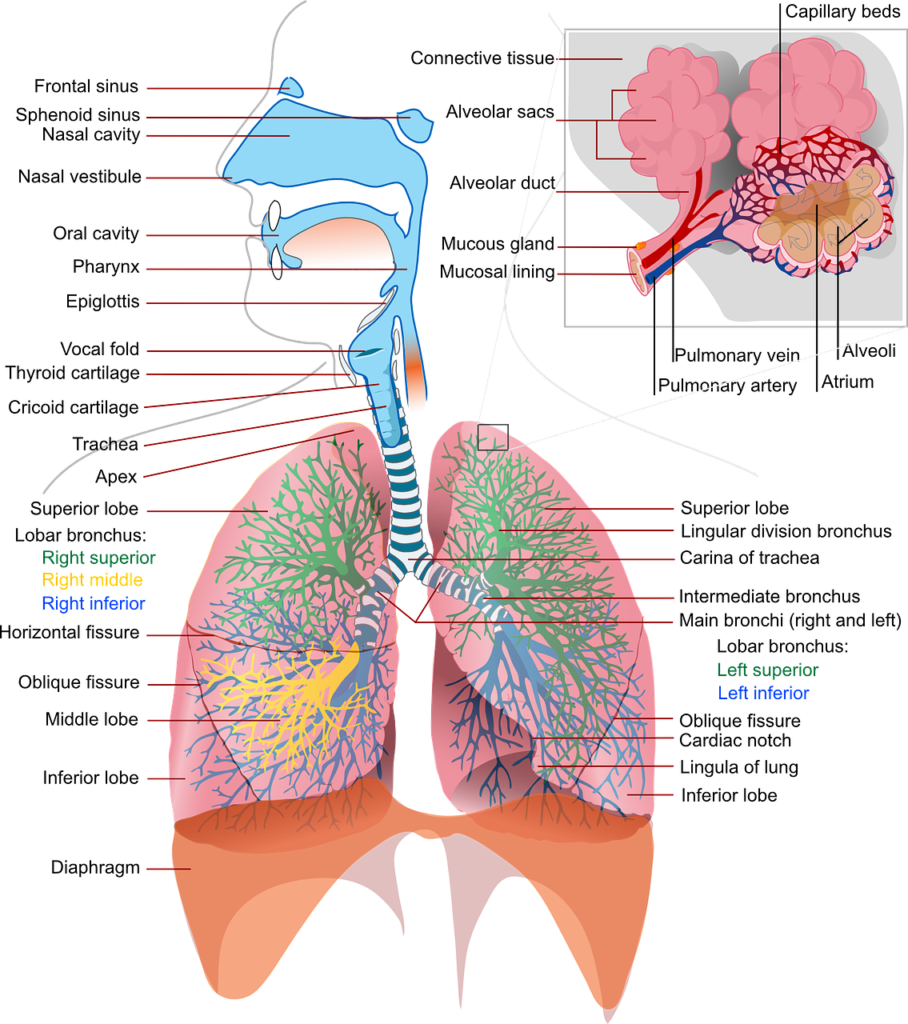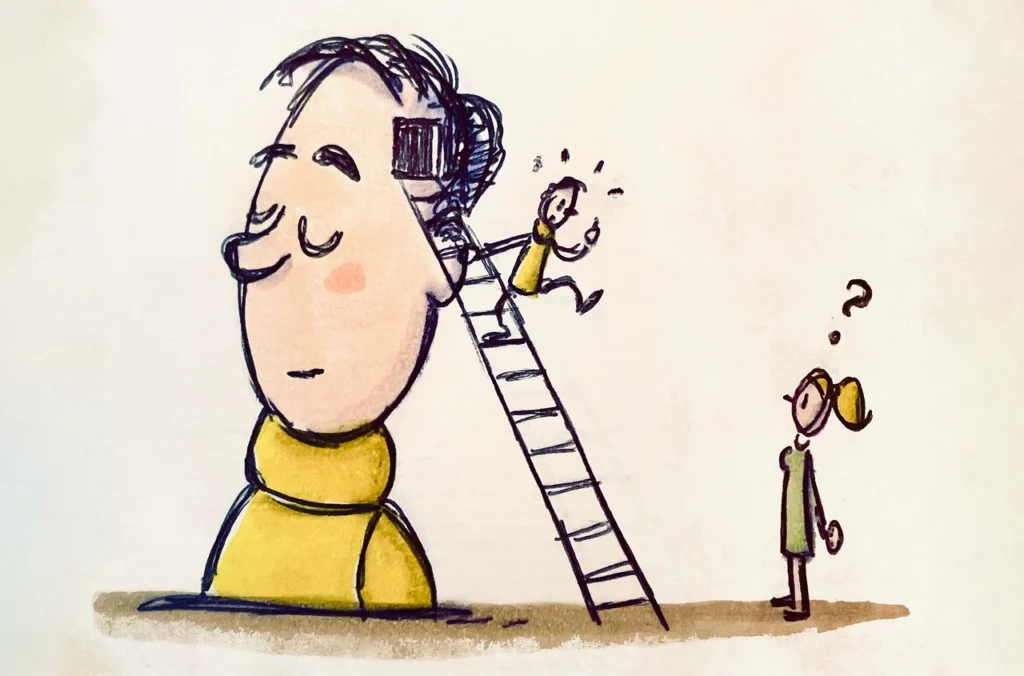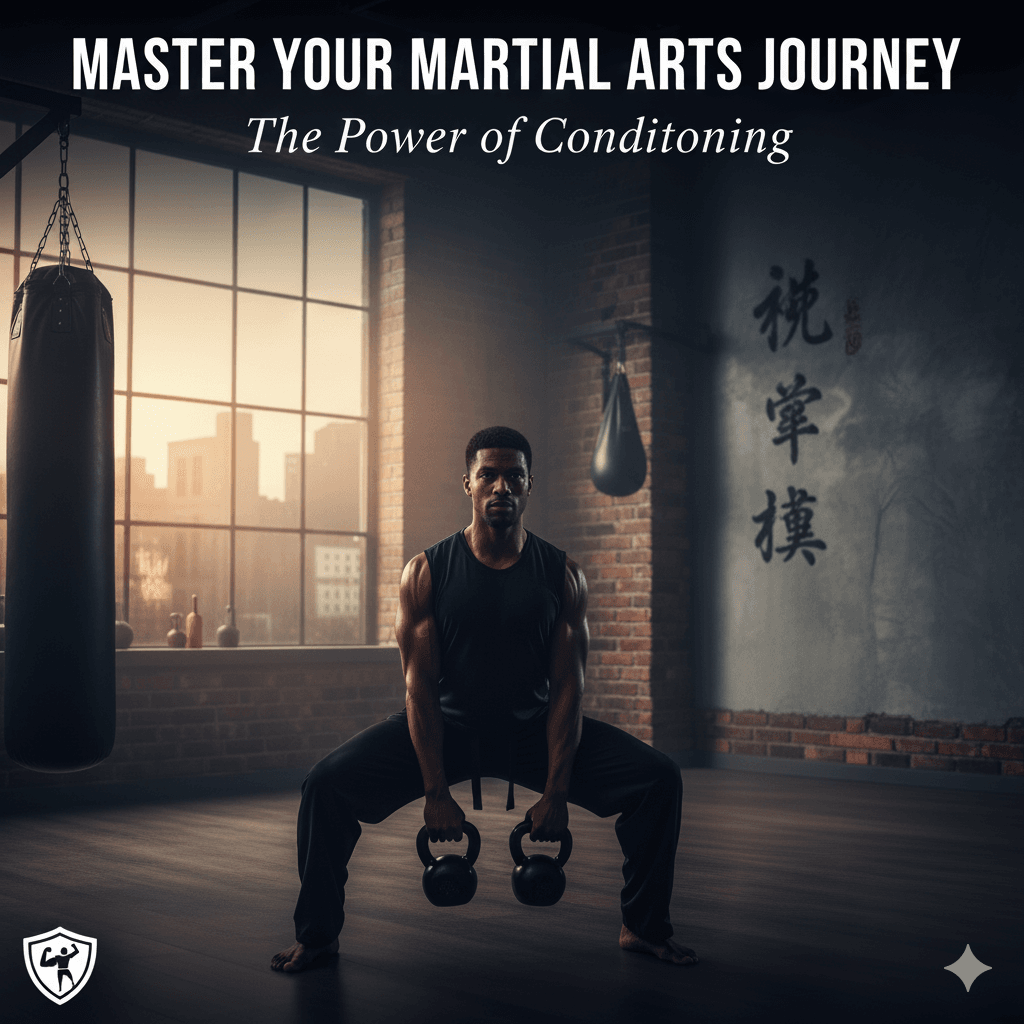Martial arts (Mental Training), a discipline practiced for centuries, encompasses a wide range of combat techniques and self-defense strategies, originating from diverse cultures around the globe.
While the physical aspects of martial arts, such as strength, agility, and coordination, are well recognized, its mental training components are equally crucial.
The essence of martial arts lies not just in physical prowess but in the harmonious integration of mind and body.
For beginners, understanding the symbiotic relationship between mental strategies and physical execution is paramount.
Mental training in martial arts involves cultivating focus, discipline, resilience, and a calm state of mind, which collectively enhance performance and overall well-being.
These mental strategies are designed to help practitioners manage stress, overcome challenges, and maintain composure under pressure, facilitating a more effective learning process.
Developing a strong mental foundation is essential for anyone embarking on their martial arts journey.
Techniques such as visualization, mindfulness, and controlled breathing are key components of mental training.
Visualization involves imagining successful execution of techniques, which helps in building confidence and refining motor skills.
Mindfulness, the practice of being fully present in the moment, aids in improving concentration and reaction time.
Controlled breathing techniques are employed to regulate emotional responses and maintain focus during high-intensity situations.
For beginners, the incorporation of these mental strategies can significantly enhance their martial arts experience.
By fostering a disciplined and resilient mindset, they not only improve their physical skills but also develop a deeper understanding of the philosophical and ethical dimensions of martial arts.
This holistic approach ensures that practitioners are well-equipped to face both the physical and mental challenges that arise in their training journey.
The Power of Visualization

Visualization is a powerful mental tool that martial arts practitioners can harness to significantly enhance their performance.
This technique involves imagining oneself performing specific techniques, movements, and achieving successful outcomes in vivid detail.
By engaging in this mental rehearsal, martial artists can create a mental blueprint that aids in the execution of physical movements.
To effectively visualize, one should find a quiet space, close their eyes, and picture themselves executing a technique with precision.
Focus on the entire process, from the initial stance to the final motion, including the kinesthetic sensations, such as muscle tension and the feeling of impact.
Regular practice of visualization can help in solidifying muscle memory, making physical execution smoother and more intuitive.
Moreover, visualization can also foster psychological benefits.
One of the notable advantages is the increase in self-confidence.
By repeatedly visualizing successful outcomes, martial artists can build a sense of assurance in their abilities.
This confidence can translate to a more assertive and decisive approach during actual practice and competitions.
Another significant benefit is the reduction of anxiety.
Visualization allows practitioners to mentally prepare for various scenarios, including challenging situations.
By preemptively addressing potential difficulties in their mind, martial artists can reduce the fear of the unknown, leading to a calmer and more focused state during performances.
Incorporating visualization into regular training routines can be a game-changer for beginners and seasoned practitioners alike.
It is a technique that requires no special equipment, only time and dedication.
With consistent practice, the power of visualization can help martial artists to not only improve their technical skills but also develop a resilient and confident mindset, essential for excelling in martial arts.
Breathing Techniques for Focus and Calm
In the realm of martial arts, mastering the mind is as crucial as mastering the body. One of the most effective ways to achieve this balance is through controlled breathing techniques.

These techniques not only enhance focus and calmness but also contribute to better performance during training and competitions.
Diaphragmatic breathing, also known as abdominal or deep breathing, is a foundational technique in martial arts.
This method involves inhaling deeply through the nose, allowing the diaphragm to expand and the abdomen to rise, followed by a slow exhale through the mouth.
This practice increases oxygen intake, reduces stress, and enhances concentration, making it a vital tool for martial artists.
Box breathing, another essential technique, is highly effective for maintaining composure under pressure.
This method involves inhaling for a count of four, holding the breath for a count of four, exhaling for a count of four, and holding again for a count of four.
By following this rhythmic pattern, practitioners can regulate their nervous system, maintain mental clarity, and stay focused during intense situations.
Alternate nostril breathing, or Nadi Shodhana, is a technique rooted in ancient practices.
It involves inhaling through one nostril while blocking the other, then exhaling through the opposite nostril. This sequence is repeated, alternating nostrils with each breath.
This practice balances the body’s energy channels, reduces anxiety, and promotes a state of calmness and alertness, essential for martial arts training.
Controlled breathing is more than just a physical exercise; it is a bridge to improved mental clarity.
By integrating these techniques into their routine, martial artists can enhance their ability to remain focused and calm, regardless of the challenges they face.
These breathing practices are not just beneficial for martial artists but can be advantageous for anyone seeking to improve their mental and emotional well-being.
Mindfulness and Present Moment Awareness

Mindfulness, a state of active and open attention to the present, is a fundamental principle in martial arts.
This practice involves maintaining a heightened awareness of your thoughts, sensations, and environment without judgment.
In martial arts, mindfulness can significantly improve reaction times, enhance situational awareness, and reduce distractions, thereby optimizing overall performance.
Being fully present in the moment allows martial artists to react more swiftly and accurately to their opponent’s movements.
When a practitioner is mindful, they can anticipate and respond to changes instantaneously, rather than being bogged down by extraneous thoughts or concerns.
This acute awareness is crucial in high-stakes situations where a split-second decision can make all the difference.
Moreover, mindfulness cultivates a deep sense of situational awareness.
By focusing on the present moment, martial artists can better assess their surroundings and the actions of their opponents.
This enhanced perception helps in identifying potential threats and opportunities, thus enabling more strategic decision-making during combat or practice sessions.
It also aids in the recognition of subtle cues that may indicate an opponent’s next move, providing a tactical advantage.
Distractions are a common challenge in martial arts training.
Whether it’s internal distractions like self-doubt and anxiety or external ones such as noise and movement, mindfulness helps in minimizing their impact.
By training the mind to stay focused, martial artists can maintain concentration and composure, even in chaotic environments.
Incorporating mindfulness into daily practice can be straightforward.
One effective method is to begin each training session with a few minutes of focused breathing exercises.
This practice helps in centering the mind and establishing a calm, alert state.
Another approach is to engage in mindful observation during sparring, paying close attention to the sensations in the body and the movements of the opponent.
Regular meditation can also reinforce mindfulness, enhancing both mental and physical resilience.
By integrating mindfulness into their routine, beginners can develop a strong foundation in martial arts, leading to improved performance and a deeper understanding of the discipline.
Mental Rehearsal and Positive Affirmations
positive affirmations are pivotal techniques in martial arts training, offering practitioners a robust mental framework to enhance their physical abilities.
It involves mental rehearsal vividly imagining oneself performing techniques and scenarios with precision and confidence.
By mentally simulating these actions, beginners can prime their neuromuscular pathways, thereby improving their actual performance during training sessions.
One effective way to practice mental rehearsal is to find a quiet space, close your eyes, and visualize a specific technique or scenario.
For instance, imagine executing a perfect roundhouse kick: feel the balance on your supporting leg, the tension in your core, and the fluid motion of your striking leg.
Visualizing each detail, from the initial stance to the follow-through, can help embed the technique in your muscle memory.
Positive affirmations, on the other hand, serve to bolster self-belief and resilience.
These are short, powerful statements that you repeat to yourself to reinforce a positive mindset.
Examples of affirmations for martial arts practitioners might include, “I am strong and capable,”
“I remain calm and focused under pressure,” or “I continuously improve with every training session.”
By integrating these affirmations into your daily routine, you can counteract self-doubt and build a resilient mental attitude.
It’s beneficial to combine both mental rehearsal and positive affirmations for maximum effect.
Before a training session, take a few moments to visualize your techniques and repeat your affirmations.

This dual approach not only prepares your mind and body but also fosters a positive and proactive mental state.
Over time, these practices can significantly enhance your overall martial arts performance, making you more adept at handling both the physical and mental demands of the discipline.
Overcoming Fear and Building Confidence
Embarking on a journey into martial arts can be an intimidating endeavor for beginners, often filled with apprehension and self-doubt.
The fear of physical injury, failure, or even simply performing in front of others can be paralyzing.
However, addressing these fears head-on is crucial for personal growth and mastery in martial arts.
Understanding that fear is a natural response is the first step towards overcoming it.
One effective strategy for managing fear is gradual exposure.
This involves slowly introducing oneself to the source of fear in a controlled and safe environment.
For instance, beginners can start with basic, low-risk techniques and progressively advance to more challenging ones as their comfort level increases.
This method not only helps in desensitizing the fear response but also builds a solid foundation of skills that boosts confidence.
Positive reinforcement plays a significant role in overcoming fear and building self-assurance.
Instructors and peers should acknowledge and celebrate small victories, as these moments of recognition can significantly impact a beginner’s confidence.
Encouragement and constructive feedback help in fostering a supportive atmosphere where beginners feel valued and motivated to improve.
Cognitive reframing is another powerful tool in the realm of martial arts.
This technique involves changing the way one perceives a fear-inducing situation.
Instead of viewing a sparring match as a potential failure, it can be reframed as an opportunity for learning and growth.
By altering negative thought patterns, practitioners can approach challenges with a more positive and resilient mindset.
Setting achievable goals is also essential in the journey of overcoming fear in martial arts.
Breaking down long-term objectives into smaller, manageable tasks allows beginners to experience a sense of accomplishment regularly.
These incremental successes not only build confidence but also provide a clear path towards more significant milestones.
By combining gradual exposure, positive reinforcement, cognitive reframing, and goal-setting.
beginners can effectively combat their fears and build the confidence necessary to thrive in martial arts.
Through these strategies, the daunting aspects of martial arts can transform into empowering experiences.
paving the way for continuous personal and skill development.
The Role of Mental Toughness in Martial Arts
Mental toughness is an indispensable element in martial arts, often distinguishing successful practitioners from their peers.
It involves a combination of resilience, perseverance, and composure under pressure — attributes that not only enhance physical performance but also contribute to personal growth and self-discipline.
Understanding and developing mental toughness can significantly impact a martial artist’s journey, making it a crucial focus for beginners.
Resilience, the ability to recover quickly from difficulties, is fundamental in martial arts.
Practitioners frequently face physical and psychological challenges, from rigorous training sessions to competitive bouts.
Building resilience enables martial artists to bounce back from setbacks, learn from their experiences, and continue improving despite obstacles.
Perseverance, closely related to resilience, is the sustained effort to achieve long-term goals despite difficulties or delays.

In martial arts, perseverance means consistently showing up for training, maintaining focus on improvement, and not giving up when progress seems slow.
Composure under pressure is another critical aspect of mental toughness.
Martial arts competitions and sparring sessions often put practitioners in high-stress situations.
The ability to remain calm and think clearly under pressure can make the difference between victory and defeat.
Techniques such as controlled breathing, visualization, and mindfulness can help martial artists manage stress and maintain composure during intense moments.
Practical exercises to develop mental toughness are essential for beginners.
One effective method is setting small, achievable goals that build confidence and demonstrate progress.
Regular reflection on personal achievements and setbacks helps practitioners understand their strengths and areas for improvement.
Incorporating mindfulness practices, such as meditation or yoga, into training routines can enhance focus and stress management.
Additionally, visualization techniques, where practitioners mentally rehearse their moves and strategies, can improve performance and build confidence.
Incorporating these mental toughness strategies into martial arts training can lead to significant improvements in performance and personal growth.
By prioritizing resilience, perseverance, and composure, beginners can develop a strong mental foundation that supports their physical skills and overall martial arts journey.
Integrating Mental Training into Your Martial Arts Routine
Incorporating mental training into your martial arts routine is essential for achieving a well-rounded practice.
By integrating mental techniques, you can enhance not only your physical capabilities but also your mental fortitude.
Here is a step-by-step guide to help you create a balanced training schedule that includes both physical and mental exercises, ensuring consistent progress and continuous improvement.

Step 1: Set Clear Goals
Begin by setting clear, achievable goals for both your physical and mental training.
Outline specific milestones you want to reach, such as mastering a particular technique or improving your focus during sparring.
Having well-defined objectives will help you stay motivated and track your progress.
Step 2: Schedule Regular Mental Training Sessions
Just as you allocate time for physical training, dedicate specific time slots for mental exercises.
Techniques such as visualization, meditation, and mindfulness can be practiced daily.
Start with short sessions and gradually increase the duration as you become more comfortable with these practices.
Step 3: Combine Physical and Mental Exercises
Integrate mental training into your physical routines.
For example, during warm-ups or cooldowns, practice deep breathing exercises to enhance focus and relaxation.
Visualization techniques can be used before attempting complex moves or during breaks to mentally rehearse your actions.
Step 4: Stay Consistent
Consistency is crucial for both physical and mental improvement.
Create a weekly schedule that balances physical drills, sparring sessions, and mental exercises.
Stick to this routine to build a habit, as regular practice is key to mastering martial arts mind tricks.
Step 5: Reflect and Adjust
Regularly assess your progress and make necessary adjustments to your routine.
Reflect on what mental techniques are most effective for you and how they impact your physical training.
Continuous self-evaluation will help you refine your approach and achieve better results.
By following these steps, you can effectively integrate mental training into your martial arts routine, leading to a harmonious balance between body and mind.
This holistic approach will not only improve your martial arts skills but also enhance your overall well-being.



